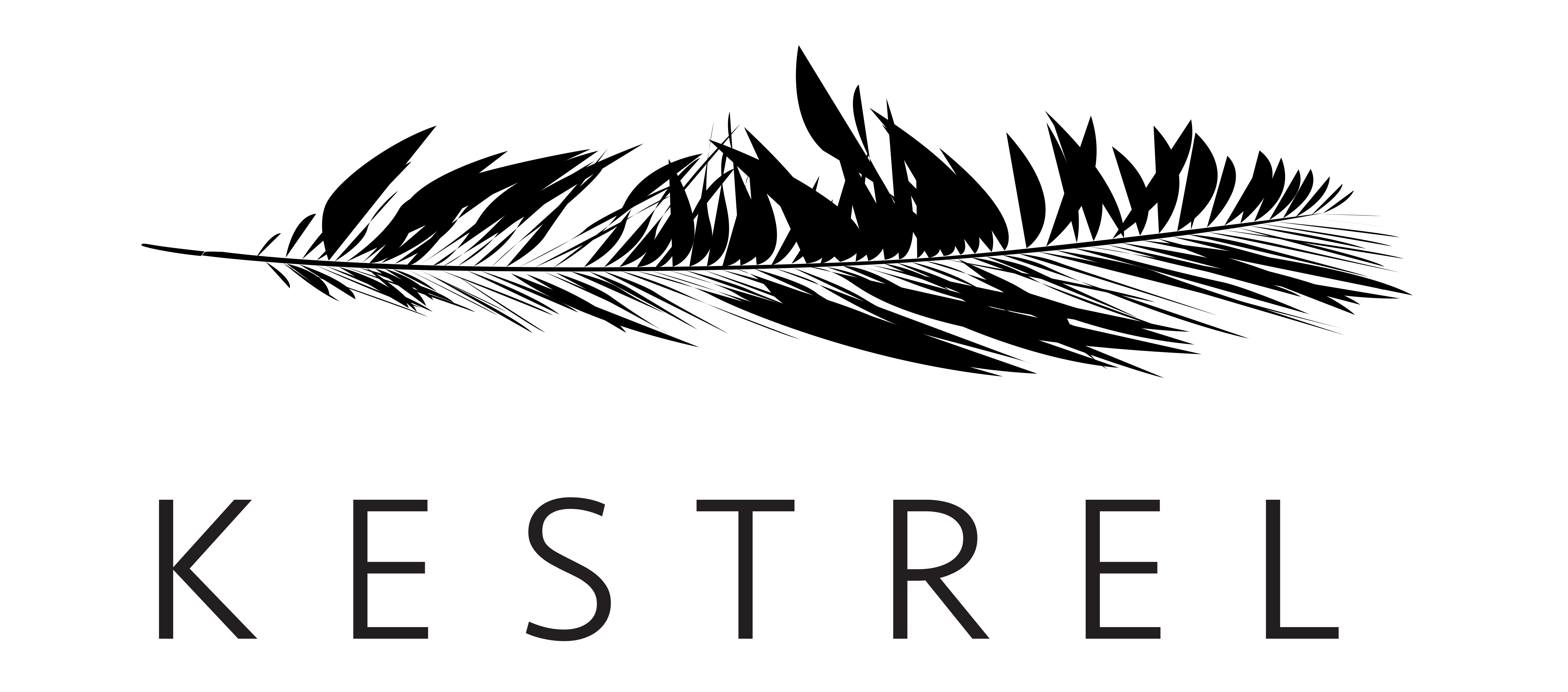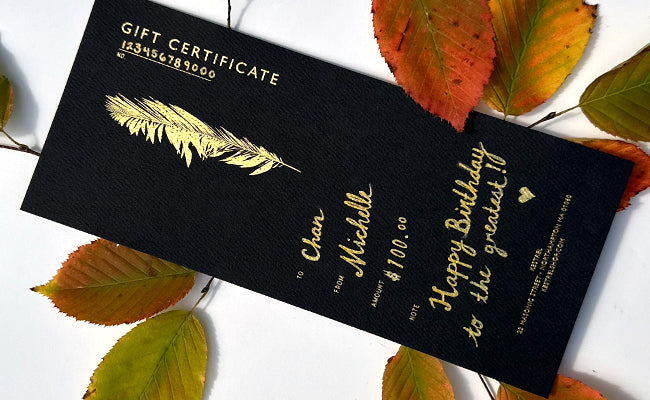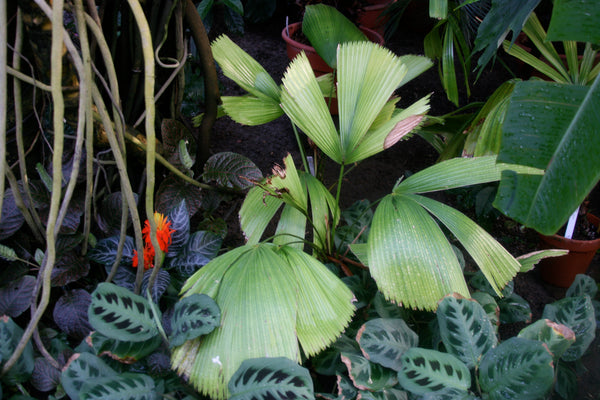4 Unique Plant Types from the Smith College Botanical Gardens
The Kestrel Northampton shop is a quick walk from the Smith College Botanical Garden and Conservatorium. It was founded over one hundred years ago by L. Clarke Seelye and the landscape architecture firm of Frederick Law Olmsted, of Central Park. There we often like to find aesthetic inspiration and solace so we stopped by early this winter to reflect on the year in a place where growth and inspirations run wild. Here are some rare and favorite new leaves for the new year.
Spiny Plants + Arid Region Species
Our first stop, the arid regions of Madagascar. There, it is said to be as many as 12,000 species of flora— making Madagascar one of the most diverse regions for flora in the world. Didiereaceae plants, found in the arid southwest are often mistaken for cacti. But unlike cacti, they develop tiny little leaves with thorns and spines that protect the cacti from any critters looking to snack on them. Many of these plants are found in the Spiny desert, an amazing place that only exists in Madagascar.
Aizoaceae - Living Stones
Lithops are a genus of succulent plants respectfully known as Aizoaceae. Also native to the southern regions of Africa like spiny plants, but they grow across the wide areas of Namibia, South Africa, and bordering areas in Botswana and Angola. These succulents are slow growing and extremely unique and have been finding their way into plant nurseries around the globe. We've collected quite a few in the shop and have transplanted them into some of our favorite ceramic vessels so they can live in tiny works of art to complement their unique beauty. They too have evolved to avoid being eaten by blending-in with surrounding rocks, hence giving them their more popular name, 'living stones'.
Rare Ferns
Unlike any other species of plants, ferns are the only ones known to propagate from spores. Extremely diverse, one can find a fern in the body of something prehistoric looking like the staghorn fern (above), to the more common maiden hair ferns found here in the North East. Ferns are a very ancient family of plants. Some early fern fossils are said to predate the beginning of the Mesozoic era, almost 360 million years ago. They are older than land animals, including dinosaurs and have been living on Earth for about two hundred million years before most flowering plants.
Palms
Some common staples comes from palms. Coconuts for sure obviously come from palm trees, but dates, palmyra palm fruit, and acai fruit also are products from palm trees. Archeological findings suggest that the date palm was commonly used in Mesopotamian society for food and other purposes. What's more is that palms are on the top the list of plants best for filtering the air from benzene and trichloroethylene (a toxin commonly found in household solvents and groundwater).
Plants, as we talked about in our last blog post, have many beneficial qualities to us humans and that's why we always have a full healthy display in our shop ready to go home with you. So with that, we wish you all the best in 2016 and hope you find new and healthy growth in all areas of your life.
























